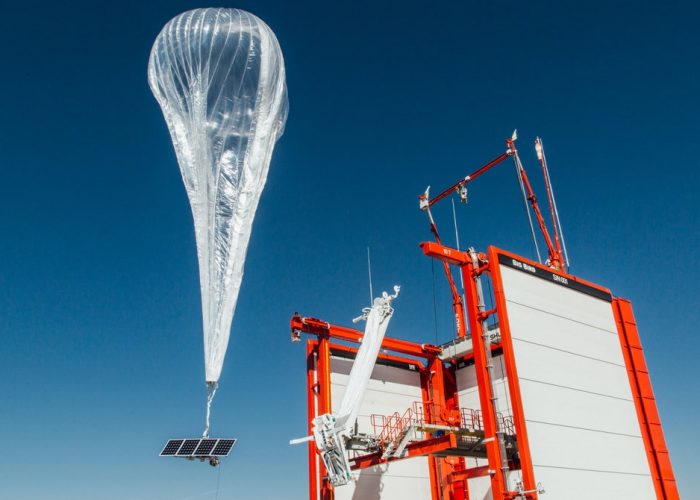The interesting thing is how far Loon got before Alphabet pulled the plug. When Teller first heard the idea, he says, he gave it about a one or two percent chance of succeeding. By the time of its launch in 2013which I traveled to New Zealand to attend, following some of its first Internet-bearing balloonsit had gotten to around ten percent. By the 2018 graduation, Teller thought it was fifty-fifty.
But in the last six months, the odds reset, like some grim-reaper-ish version of the New York Times needle. Loon had two challenges: the technological leap to deliver internet by balloon, and making the business case that people would pay for it. While the tech side was solving problems, the commercial environment became less favorable. In the last decade, much of the underserved world became connectedinternet availability rose from 75 percent of the world to 93 percent. The remaining areas are primarily populated by those who cant afford the 4G phones that receive Loon signals, or arent convinced that the internetwhich in some cases has little content in their own languagewas worth the effort. Teller came to realize that Loon was unlikely to ever contribute to Alphabets profits. And so the bet was lost.
Loon does leave a legacy. Probably no one has ever spent more money and brainpower on balloon technology, and Loon constantly set records for keeping them aloft. It broke ground in using sophisticated algorithms as well as the US government’s National Oceanic and Atmospheric Administration weather data to figure out how to ride wind currents and navigate the skies at 60,000 feet. Just last month, Loon engineers had a paper in Nature describing how their technology pioneered deep learning techniques to help their balloons autonomously form networks that thrived in a challenging environment. Another Loon breakthroughsending high-speed data via beams of light (like fiber optic without the fiber)kicked off a separate X project, Taara.
The fall of Loon is a good occasion to take a look at Xs accomplishments. Last year, the Moonshot Factory celebrated its first decade. In that time, its pioneered autonomous driving, which is now the basis of the Other Bet called Waymo; another project, Google Brain now powers much of Googles technology with deep-learning; and Alphabet still has high hopes for X graduates like its medical bet Verily, and itsa drone delivery company, Wing. And still inside X are projects involving robots and food. But it has also populated a boneyard of costly failures, now including Loon.
But Teller wont call it failure. Loon, he says, was a successful experiment. Considering that he just killed a costly high-profile enterprise, I asked him what an unsuccessful experiment might look like. Real failure is when the data tells you what youre doing isnt the right thing, and you do it anyway. Loon was a success, he says, because once it was clear that it would never become a viable business, or solve internet connectivity, he called it quits.
Crazy? Thats the X way. We can’t get access to these really exceptional opportunities unless were willing to be wrong a decent amount of the time, says Teller. His bosses are cool with that. He gets regular reviews from Alphabet CEO Sundar Pichai and CFO Ruth Porat, and says both continue to be supportive. How does Teller himself rate the performance of X? Eight out of ten, he says.
Still, its never fun to end a project. We wanted Loon to be a beautiful solution to a seemingly unsolvable problem, says Teller.
Now, someone else will have to solve the problem. A few dozen Loon balloons are still aloft. Over the next nine months, remaining Loon-atics will painstakingly recover them as they sink into the sunset. X will be on to its next crazy project, and Alphabet will keep the money flowing. You can’t make Loons, Teller says, unless you’re willing, when they don’t work out, to just say, Okay, let’s start over and do something else.read more
Alphabet Is Grounding Loon—but Won’t Call It a Failure


